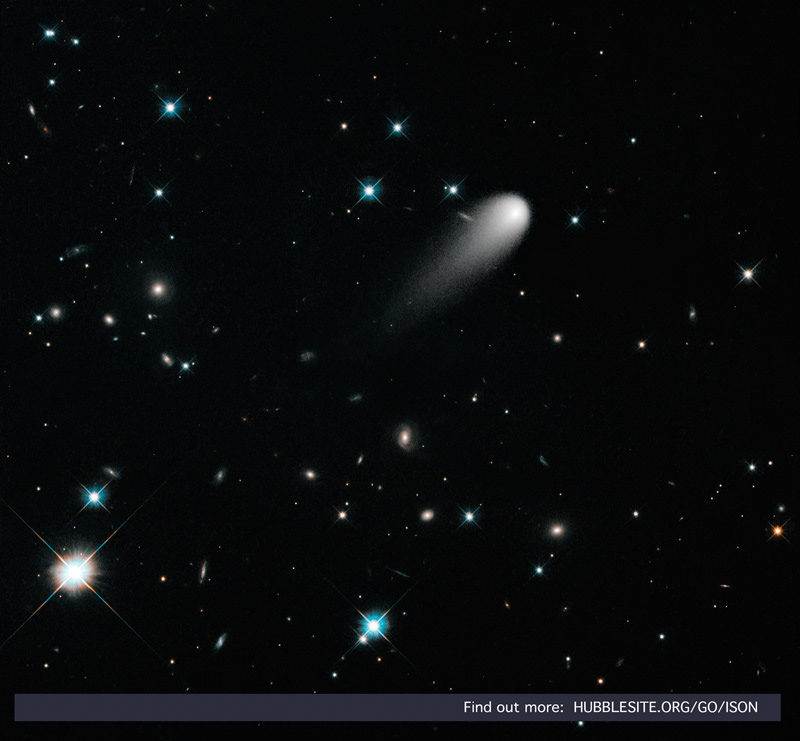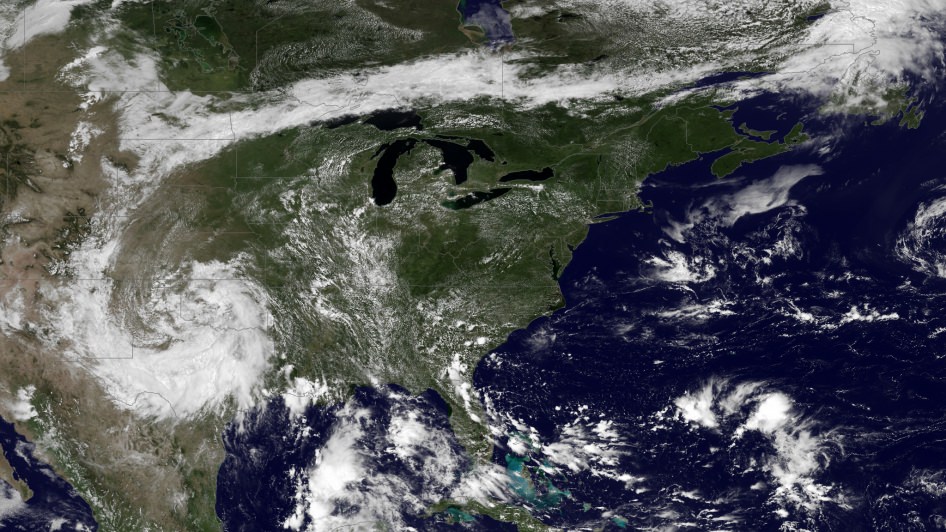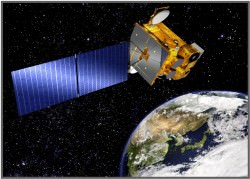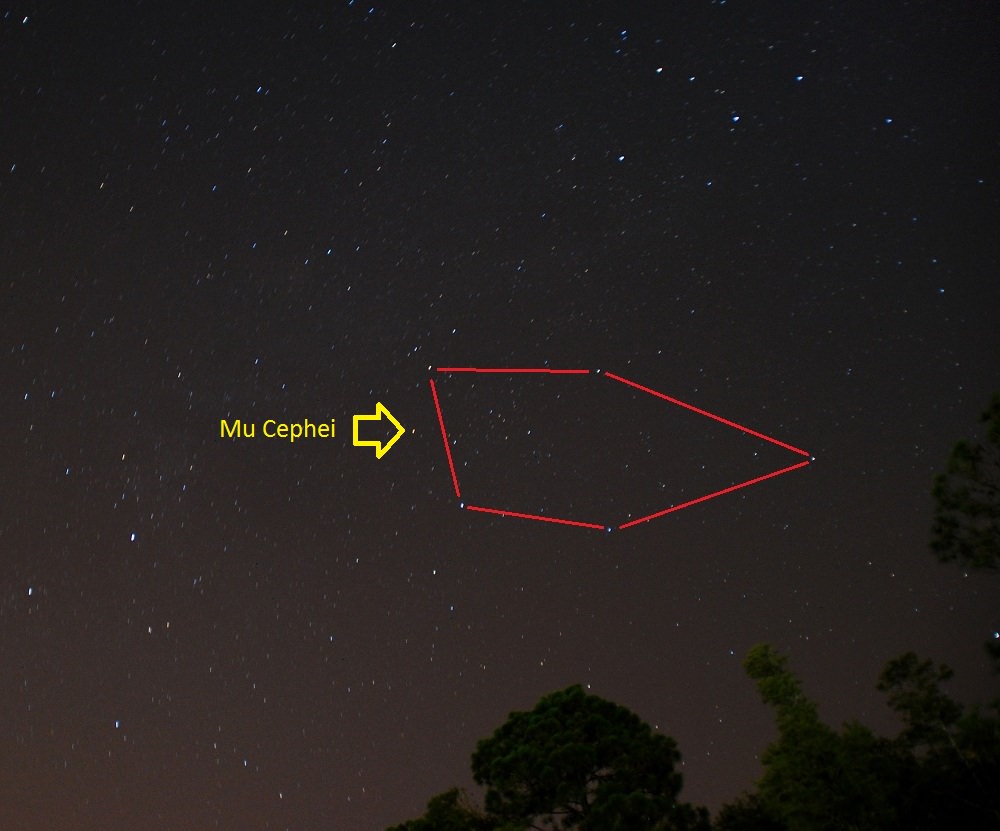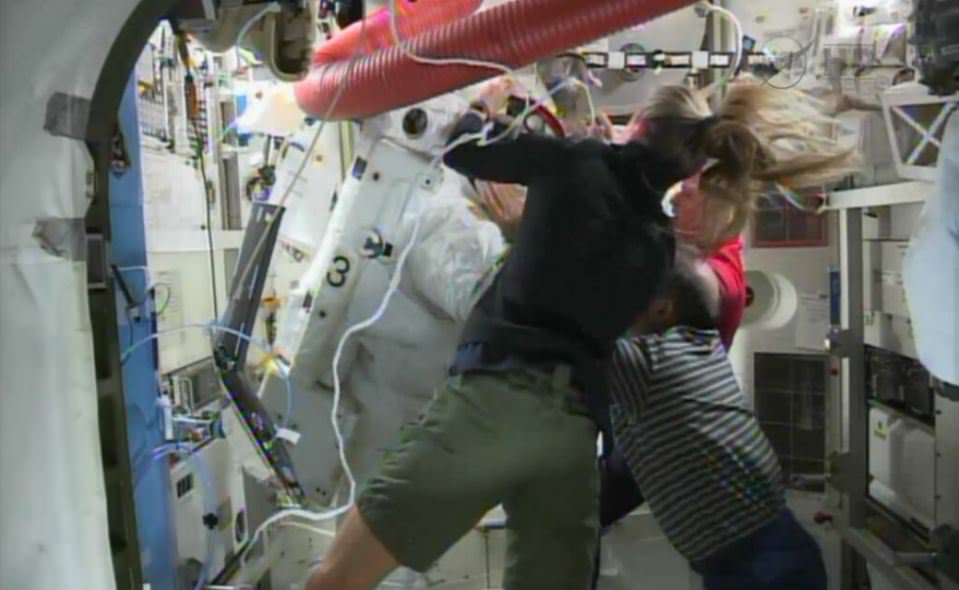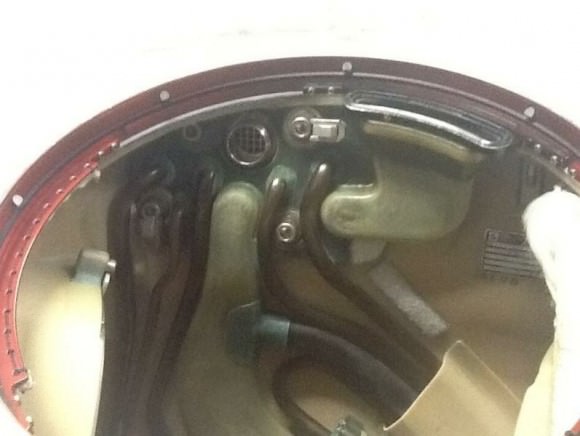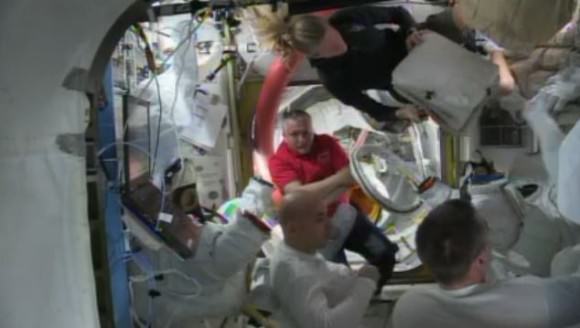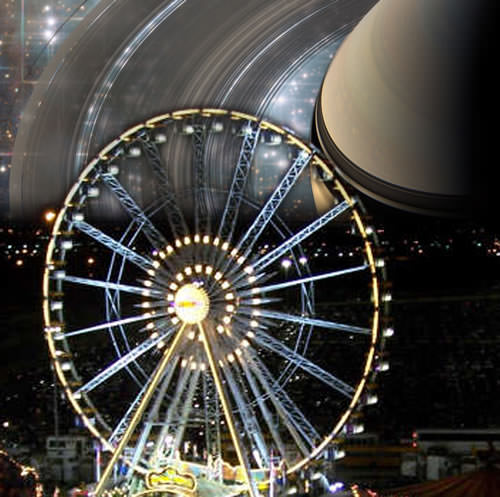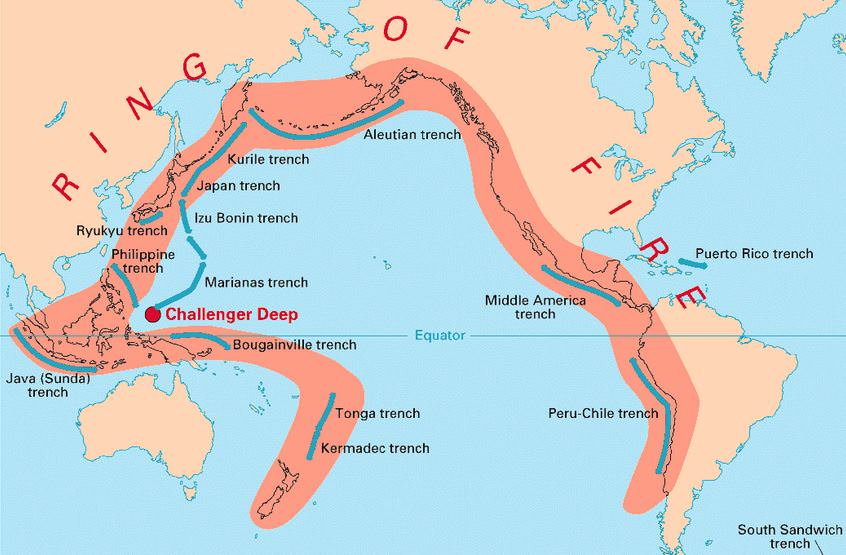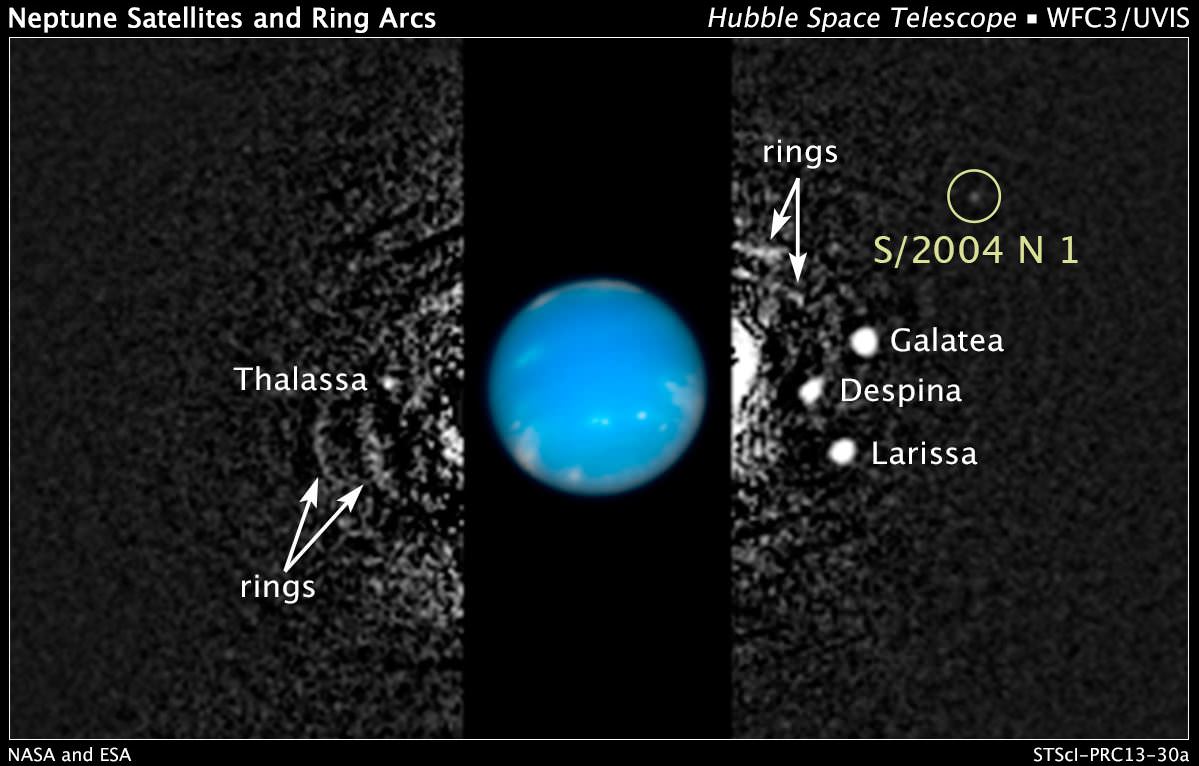This image of the steadily-approaching Comet ISON, made from observations with the Hubble Space Telescope on April 30, show not only the comet itself but also a rich background of stars located within our own galaxy and even the distant spirals of entire galaxies much, much farther away — as Josh Sokol describes it on HubbleSite.org’s ISONblog it’s like the astronomy stickers you’d get for your kid’s bedroom, except you’d never get to see such a scene in real life “unless, of course, you had Hubble.”
Comet C/2012 S1 (ISON) is currently on its way into the inner Solar System on course for a close encounter with the Sun, zooming along at 77,250 km/h (48,000 miles per hour). It will make its closest pass by the Sun on November 28 (coming within just .012 AU) and will hopefully put on a pretty spectacular show in the night sky — especially if it survives the trip.
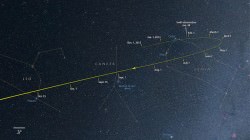
Watch: Comet ISON Timelapse Hubble Movie
The image above was created from multiple Hubble observations earlier this year, some geared toward capturing ISON and others calibrated more for distant, dimmer objects like galaxies and far-flung stars. By combining the results we get a view of a comet speeding through space with an almost too-perfect hyperrealism, courtesy of NASA’s hardest-working space telescope.
“The result is part science, part art. It’s a simulation of what our eyes, with their ability to dynamically adjust to brighter and fainter objects, would see if we could look up at the heavens with the resolution of Hubble. The result is a hodepodge of almost all the meat-and-potatoes subjects of astronomy – no glow-in-the-dark stickers required.”
– Josh Sokol, HubbleSite ISONblog
Learn about other ways NASA will be observing Comet ISON here.
Source: HubbleSite.org

